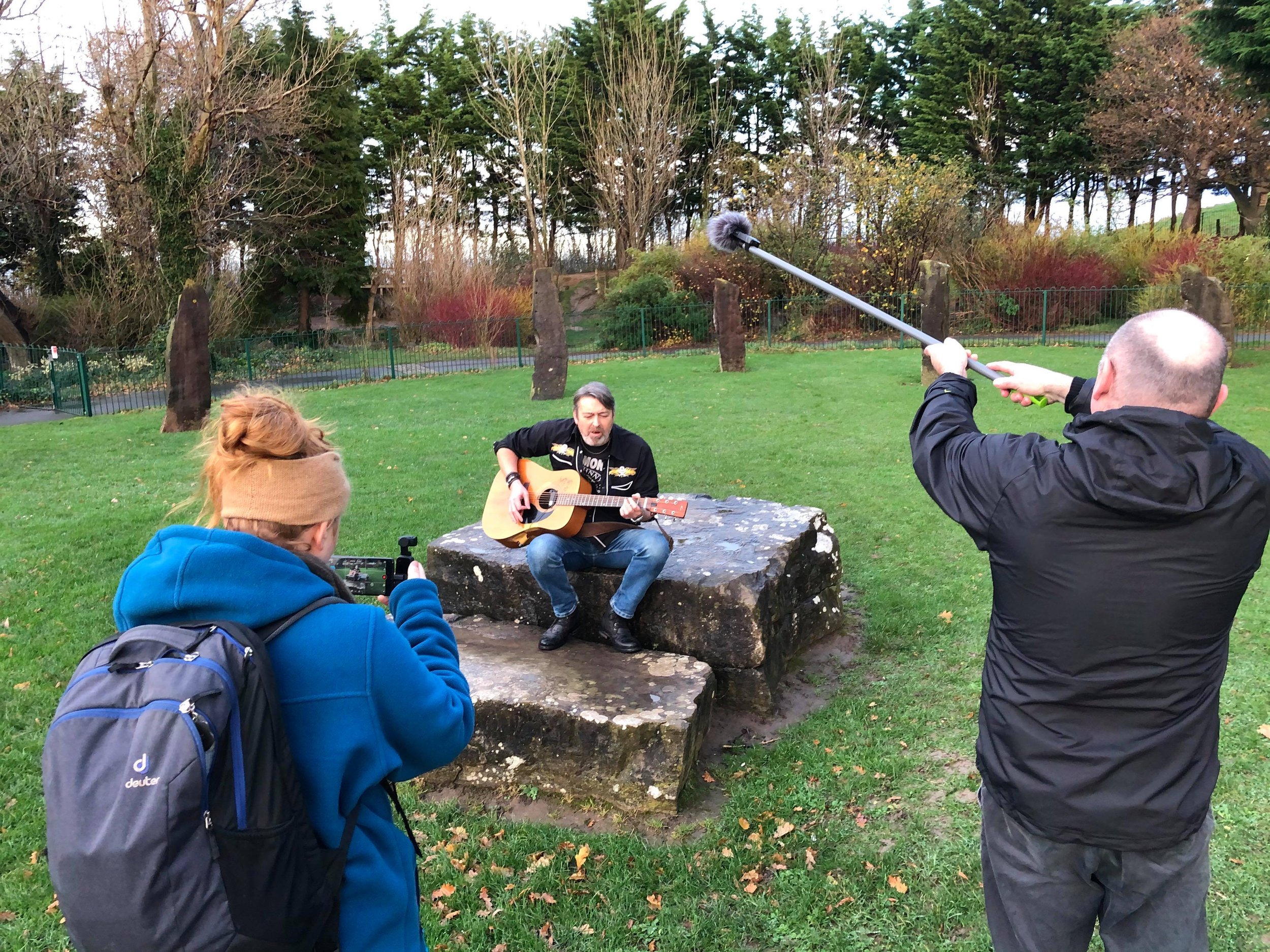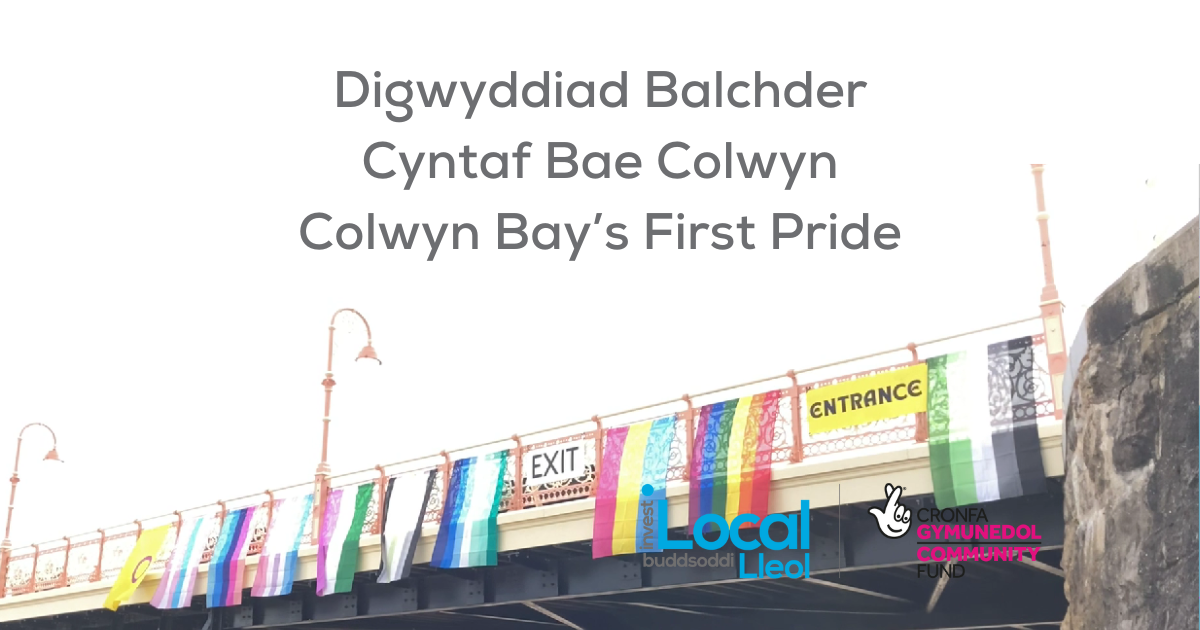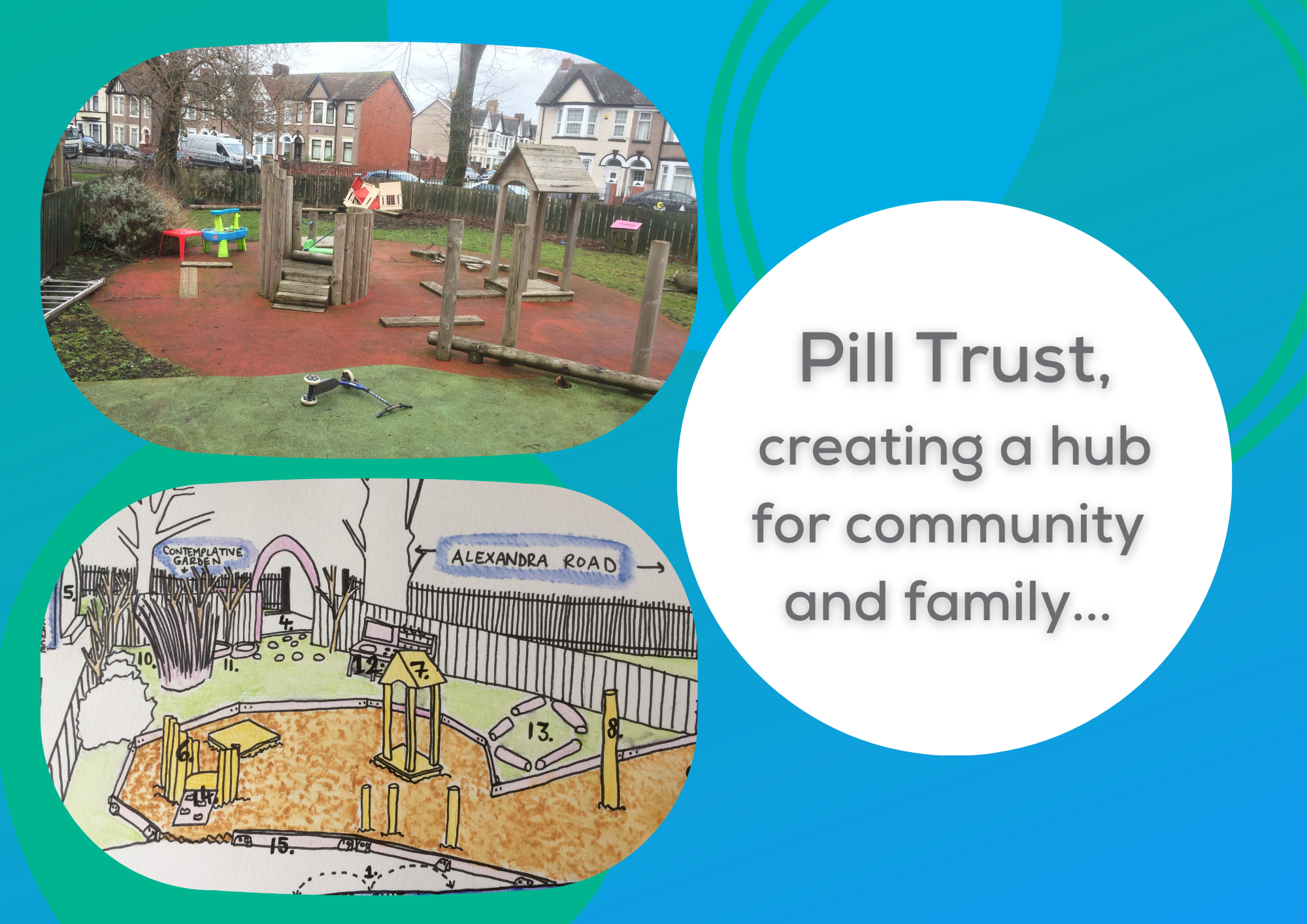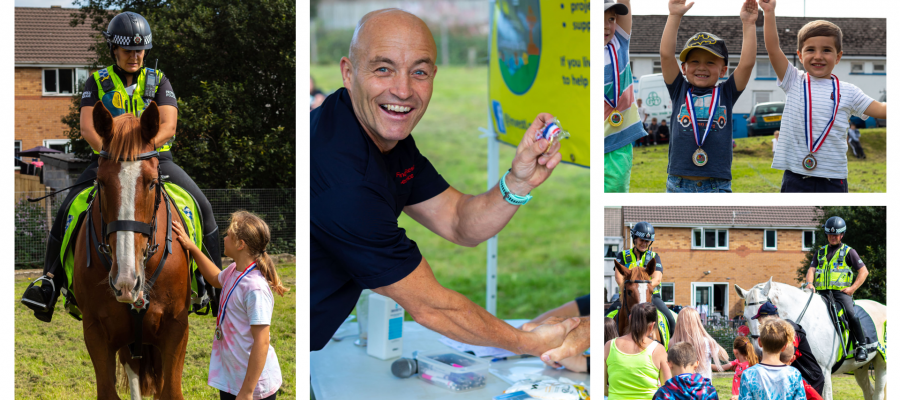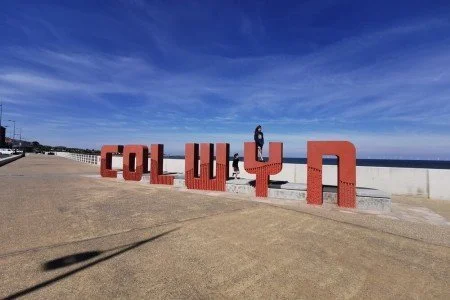MADE IN COLWYN BAY: COMMUNITY FILM PROJECT CHAMPIONING LOCAL CREATIVES
Invest Local group Together for Colwyn Bay launched a film series in January 2021 to celebrate the informal network of creatives living and working locally.
The project grew out of what was originally meant to be a series of promotional videos for their Drive-In Cinema, intended to be a Covid-safe Christmas event. Unfortunately, the car park they had booked was turned into a Covid testing centre at too short notice for them to find another venue. They had already started filming videos to use as promotional clips in the run-up to the event, and decided to turn this into a year-long series, with at least one episode released each month.
I spoke to the three people behind the project: Kai Davies, producer and Together for Colwyn Bay steering group member, Georgia Colman, film editor, and Vin Murtagh, interviewer.
What was the inspiration for the project?
Georgia: We wanted to feature local creatives because they’ve been hit really hard during Covid. Colwyn Bay is a really creative town with lots of different people doing lots of different things, but in a way it’s underground – people are working away in their bedrooms, or in small groups. We wanted to bring them to the fore and stake a claim as a creative town. We’d already contacted people about being involved in the Drive-In Cinema and we thought, let’s just carry on and do it virtually.
Kai: There was an aim to promote creativity in Colwyn Bay and the Glyn ward and we wanted social media to react to that. Getting more likes and followers is important to the other projects of Together for Colwyn Bay too because it means they’ll get seen more. We’re also going to have additional mini-episodes that focus on community groups and what they’re doing.
Vin: There’s a couple of strands to it. There’s putting the information out there almost for its own sake and saying “this is what’s on your doorstep”, this variety and informal network of creativity, but alongside that we’ve been having conversations about community spaces and it fits into that wider aim of co-ordinating creative activity in a physical space. Then there’s a third element, which is about participation, having a go and being creative yourself, not just being an audience member. And I think that’s part of the community building - it’s building relationships and hopefully something physical will come from that.
Georgia: That came up in Rob’s interview [Episode 3], he built this community called Modulate around people who are interested in electronic music. Through talking to him we’ve built a relationship where in the future we can ask him to do a few workshops to get young people involved from the town, and get a diverse set of people to Modulate. So each one of these artists becomes a potential collaborator as well.
Vin: A lot of what has happened in the last 12 months, it’s almost as if community issues have been synonymous with Covid responses and I think we were quite keen to step out of that a bit and to look at other aspects of community which are nothing to do with emergency relief and food banks and so on, as important as that is – that’s another aspect for us.
How do you find creatives to interview?
Kai: After our first episode with Huw Roberts, we asked him who we should interview next but because of the lockdown, we couldn’t actually go to those people. So we started again with Elly Stringer in Episode 2, and we jump to new people from each person we talk to. They’ve been filmed in a different order to how they are released, so even though we are jumping to different people who have been recommended, that’s not how it comes across in the series at the moment, because we didn’t want to have an illustrator, then another illustrator – so we’re moving from an illustrator to electronic music to The Vivienne (winner of RuPaul’s Drag Race UK 2020).
Georgia: The nice thing about the ‘chain reaction’ of asking each person we’ve filmed who we should film next is you find people you didn’t know about. I thought I had a fairly good grasp of the creative scene but there’s loads I don’t know, which illustrates how much there is out there. In terms of marketing as well, if you make a film about somebody who’s got a network of their own, you hopefully reach all of their networks.
Has there been a decision to save certain people for when you can film in person?
Georgia: There’s one lady, Nicky Cotton, who has a workshop and gallery in the Glyn ward, and I’d like to go in and look at it and talk to her in her space. And there are some bands as well where it wouldn’t do them justice to do it over Zoom.
Kai: After the first episode, we knew that we wanted to showcase people’s work more in the interviews which is why we made the decision with some people to save them – for example with fire-throwing people, we don’t want to do that on Zoom, we want to do that on the beach!
What’s the filming process like?
Kai: Vin’s our interviewer and in person he’s also our sound person. Georgia is editor and everything else, so she does most of the hard work if I’m honest! I’ve never done filming before but as producer I organise the interviews and talk about questions beforehand. At the moment with the restrictions it’s quite simple – they come onto Zoom and it is literally a conversation between Vin and the artist. It’s going to be different in person. In Episode 1 I could say, “oh why don’t you film at this angle,” but we can’t really do that now with Zoom.
Georgia: It’s really fun tackling each different artist’s work and giving it its own creative look so it’s not just a plain interview but something more fun.
What’s next for the project?
Kai: Now that restrictions have lifted a little, we can film some people in person so we’re looking to start doing that in April.
Georgia: In the future we can find a way to showcase it that isn’t on social media, like have an exhibition that features some of the artists and shows the films.
Vin: We’re thinking about doing compilations as well, like having five artists featured in a short film.
Georgia: One of the comments on the latest episode was about combing Modulate with other arts in Colwyn Bay once lockdown is over, and that immediately gets me thinking about connecting some of the people we’ve talked to together, doing some workshops when we can and then putting on some really great homegrown art. Like getting people who do projection mapping of visual displays onto buildings, that could be great fit with Modulate, and then you also get participation with people who live in the area. I’d love to do some little zines or magazines to put out alongside it as well. I’d love to do zine-making workshops once we’ve got a space and everyone can get their hands on the same pair of scissors and glue! Colwyn Bay seems like a punky, zine-y town and it certainly has a historical punk scene so I think that would fit really well. We’re still planning out the wider campaign but all these things are building a case for a grassroots community space.


